Free COVID Vaccination Drive @ Mannivakkam High School conducted by Annai Arul Hospital.
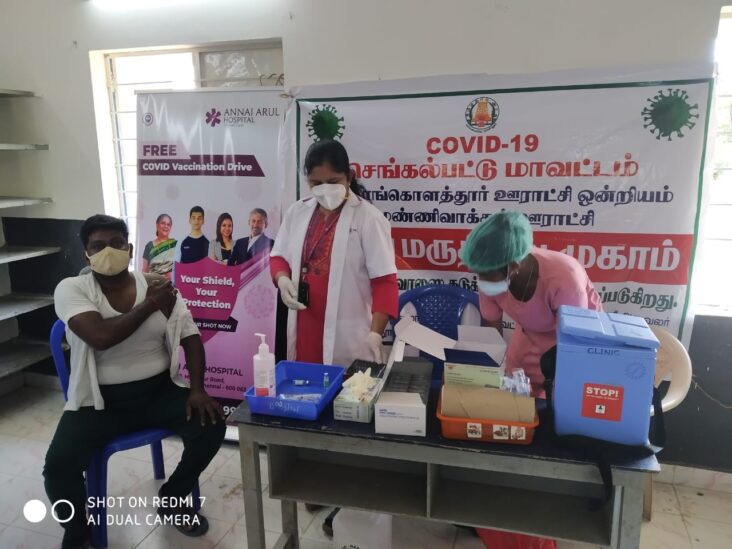
Free COVID Vaccination Drive @ Mannivakkam High School conducted by Annai Arul Hospital.
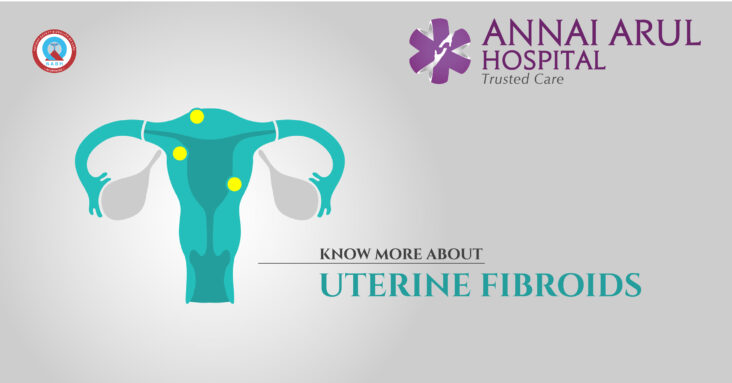
KNOW MORE ABOUT UTERINE FIBROIDS
Uterine fibroid is a condition prevalent for most women at some point in their life. Many women already have uterine fibroids and never know it because it does not cause any pain or symptoms.
What are uterine fibroids?
Uterine fibroids that medically are called leiomyomas are muscular tumours that grow on the uterus. They are mostly non-cancerous, having them do not mean that they will lead to cancer.
These fibroids vary in size, shape and location. They are usually seen in the uterus, uterine walls and on the surface of the uterus. They sometimes have a stalk or stem by which they attach to the uterus. Uterine fibroids appear in women of childbearing age – between 30 and 40 years, but can appear at any age.
What are the symptoms of uterine fibroids?
Though usually, a person may not be aware of the uterine fibroid, they are found on a routine examination or ultrasound. The symptoms of uterine fibroids may include:
I Excessive bleeding or painful periods
I Bleeding in between periods
I Pressure of some sort, pain and fullness in the lower stomach
I Enlarged abdomen or uterus
I Difficult bowel movement and constipation
I An urge to urinate often
I Pain during intercourse
I Frequent miscarriage & infertility problems
What is the cause for uterine fibroids?
Still, the exact cause fo the fibroid is not known though we know that hormones and genetics are the main reasons for their presence. Hormones estrogen and progesterone will thicken the uterine wall during the monthly period and they affect the fibroid growth. That is why during menopause when the hormone production slows, there is a marked shrinking of the fibroid. Researchers have also found a genetic difference between the fibroid and other cells in the uterus.
Who is at risk of fibroids?
Age and race are the main reason and along with that, some other things causes uterine fibroids, like family history. Certain other factors include getting the first period at a very young age, birth control use, vitamin D deficiency and a diet rich in red meat. Diet deficient in greens, vegetables, fruits and dairy products and excess alcohol consumption also cause fibroids.
How to prevent fibroids?
Though many of the causes are beyond your control, fibroids can be prevented with change in certain lifestyle habits. Women with sugar complaint and a diet high in sugars are one of the reason. Easting fresh fruits, vegetables like arugula, broccoli, cabbage, cauliflower and turnip could lower your odds. These vegetables are rich in beta-carotene, folate, vitamin C, E and K plus other minerals and full of fiber. Along with regular diet, exercise can help lower your chances of uterine fibroids.
————————-
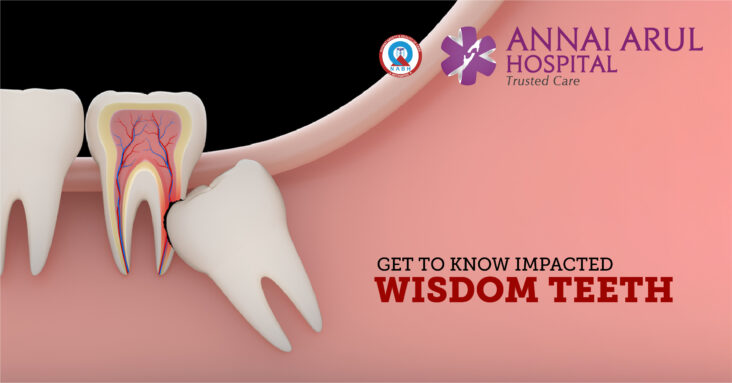
GET TO KNOW IMPACTED WISDOM TEETH
Impacted wisdom teeth is found at the back of the mouth as they are the third molars. Usually, these teeth do not have enough space to emerge or devlop and hence get cramped up or impacted in the bone.
The specialty of wisdom teeth is that it is the last adult teeth to emerge. There are totally four wisdom teeth in a grown-up person, two in the upper jaw and two in the lower jaw.
Problems of impacted wisdom teeth
As far as wisdom teeth remain hidden, there is no cause for worry but more often the wisdom teeth get impacted and result in pain, damage and cause other dental problems. Many a time impacted teeth by themselves do not cause any immediate harm. The impacted wisdom teeth, though it will be hard to clean properly and so cause tooth decay and gum disease than other healthy teeth.
The best way to tackle impacted wisdom teeth is to get it removed. It is also advisable to remove impacted wisdom teeth that do not cause any present issues to prevent any future problems.
Symptoms of impacted wisdom teeth
Impacted wisdom teeth normally do not cause any symptoms. When an impacted wisdom teeth get infected, it can damage other nearby teeth or cause dental problems.
Infected wisdom teeth cause redness and swelling in the gums, gums get tender and starts bleeding. The infection also causes jaw pain and swelling of the jaw area. The other symptoms include bad breath, an unpleasant taste in the mouth and difficulty while opening and closing the mouth.
What causes impacted wisdom teeth?
Wisdom teeth usually emerge between the ages of 17- 25 years. Generally the wisdom teeth emerge without any problem and it lines up with other teeth that have already emerged as it positions behind the second molars. When the mouth is too crowded for third molars to develop, they get trapped in the gum and become impacted.
Sometimes an impacted tooth will partially emerge so that the crown becomes visible. This condition is called partially Erupted. The affected tooth may grow at an angle toward the next tooth (second molar). It can also grow toward the back of the mouth or at right angle to the other teeth as if the tooth is lying down within the jawbone. The impacted wisdom tooth may emerge up or down but stay trapped.
Complications of the impacted condition
Impacted wisdom teeth cause many dental problems, including damage to other teeth by putting pressure on the nearby teeth, especially the 2nd molars. The condition also causes some sack like growth or cyst formation in the gums near the impacted teeth. All these may lead to tooth decay or carries that affects the teeth and gum infection too.
How to prevent impacted wisdom teeth?
It is not possible to prevent impacted wisdom teeth from showing up but you can always watch for its growth and symptoms. You should have regular consultation with your dentist and let the doctor examine your wisdom teeth while checking for any infection, pain and abnormalities.
Your dental doctor may use a dental X-ray to locate impacted wisdom teeth, study its position and recommend remedial action even before any symptoms or complications develop.
—————————-
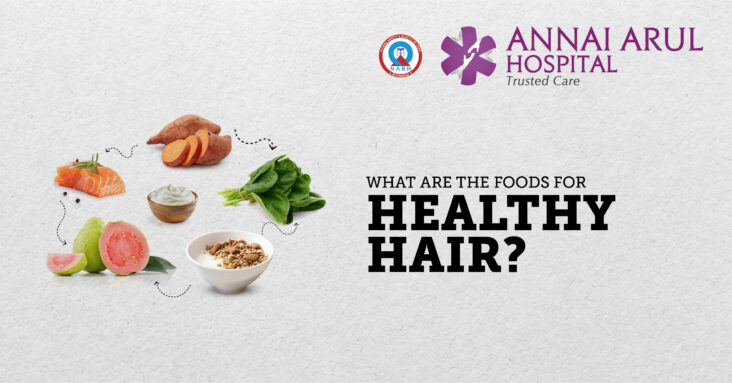
WHAT ARE THE FOODS FOR HEALTHY HAIR?
We all know about strong and healthy hair. The fact is that we can’t change our age and genetics but our diet is one thing that we have control over. That is why eating a proper diet with right nutrients in it can help promote hair growth.
Let us now look at those foods that can give us a regular supply of nutrients that will help us have a head of healthy hair.
Salmon
Fish is one food that can do wonders to your health and hair. Fishes like salmon, sardines and mackerel are packed with healthy omega 3 fatty acids. They help to protect you from diseases and your body needs them to grow hair and keep it shiny and full.
Yogurt
Yogurt is packed with protein, which is the building block of your hair. Yogurt also has ingredients that help with blood flow to your scalp. It has vitamin B5 which also helps against hair thinning and lail. That is why you find vitamin B5 in most of your hair and skincare products.
Spinach
Like most of the dark green vegetables spinach is also full of nutrients., It has loads of vitamin A, iron, beta carotene, foliate and vitamin C. These nutrients work together for a healthy scalp and hair. The nutrients help keep the hair moist so it does not break.
Guava
Guava is a tropical fruit that is full of vitamin C, which protects the hair from breaking. One serving or one cup of guava has around 377 mg of vitamin C. That should be more than four times the minimum daily requirement.
Cereal & Nuts
You can eat iron fortified cereal as too little iron can lead to hair loss. You can easily find this nutrient in iron fortified cereals. You can also find it in foods like grains, pasta, soya beans and lentils. Meat especially liver has lots of iron. Shell fish and dark green vegetables are also good storehouse of iron.
Poultry
Lack of protein will stop proper hair growth. Since the old hair falls off and new ones don’t grow easily, your hair tends to thin out. Lean proteins like chicken and turkey will provide all the protein while remaining healthy for you,
Sweet Potatoes
Does your hair look dull and lifeless? Reach for sweet potatoes which are filled with an antioxidant called beta carotene which your body turns into vitamin A. This protects your hair from turning dry and dull. Vitamin A also promotes sebum production that keeps the hair soft and moist. Beta carotene is also found in carrots, pumpkin and mangoes.
The list of foods that benefit the hair is equally good for a healthy body. Take for example cinnamon for circulation, eggs for growth and oysters for fullness are some of the prominent choices that give proven results.
==================
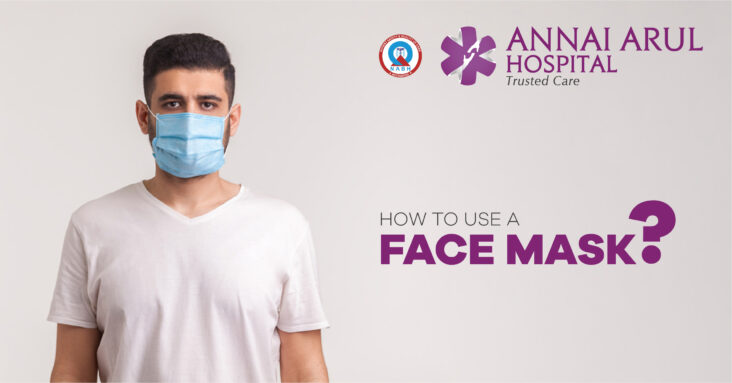
HOW TO USE A FACE MASK
Who and when should you wear a face mask? The health department recommends that everyone over the age of 2 years should wear cloth face masks in public places, especially in areas where it is difficult to maintain the mandatory 6 feet distance.
It is best to wear a face mask if you are sick and if there are other people around, at home also. Caregivers are supposed to use the facemask when cleaning and disinfecting a sick person’s bedroom or bathroom.
When visiting a doctor or a hospital, you should wear a face mask.
Wearing a facemask is in addition to other COVID-19 safety measures. You still have to limit contact with other people, wash your hands often with soap and keep surfaces clean.
Who should not wear a face mask?
Children under two years of age, someone who is having trouble breathing, someone who is unconscious or people who can’t move or take-off a mask by themselves need not wear a mask.
The right way to wear a face mask
Before you put on a face mask, wash your hand for 20 seconds with soap and water. Then, secure the mask either with ties behind the head or loops behind the ears as provided. Adjust to fit the mask properly around your nose and mouth and under your chin.
Take care, there is no space between your face and the mask. Pinch the top edge of the mask to fit it around the bridge of your nose. The mask should fit comfortably and be able to breathe easily through it.
Once you wear it and step out, do not go on touching your mask every now and then.
Cleaning and maintaining the face mask
It is best to wash cloth masks with hot water and detergent after every use. If the mask has a filter, take it out before washing. After taking out the mask from the washing machine, hang it up for drying. Wash your hands when you’re done.
After drying your mask check for any hole or frayed edges that can cause gaps around your face.
Before you use the mask again, check for holes. Be sure it’s not frayed and doesn’t gap around your face.
It is recommended to wash your face mask rather than just putting it out in the sun since there is no evidence that sunlight can deactivate the COVID – 19 virus.
Myths and facts about face masks
Gaps in masks make them useless
A mask that does not fit perfectly may not be totally useless if it has a high filter level. Even cloth masks that fit perfectly can’t stop all particles. But a mask that has a gap won’t work nearly as well as a perfectly fitting mask.
Should wear a mask at home too
It is not required to wear a mask at home unless you yourself are sick or you are caring for someone who is sick.
We should wear a mask when exercising outdoors
Though it is best to wear a mask when you go outdoor, wearing a mask and exercising has its own problems. Some people will feel breathless when they wear a mask and exercise. So, it’s fine not to wear a mask when exercising outdoor if you maintain 6 feet distance with other people.
Masks trap carbon dioxide and viruses
Continuously wearing an N95 mask for several hours can make CO2 linger behind the mask. The presence of excess carbon dioxide will cause headache, dizziness and fatigue. At the same time, cloth and surgical masks generally do not cause so much of a problem.
Yes, mask could trap particles of coronavirus and that is why it is recommended that face masks should not be touched often when wearing them and they should be properly washed once you use them outdoors.
=====================